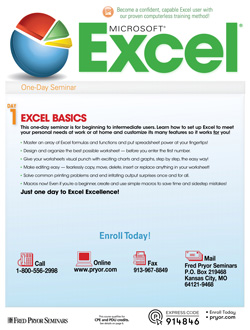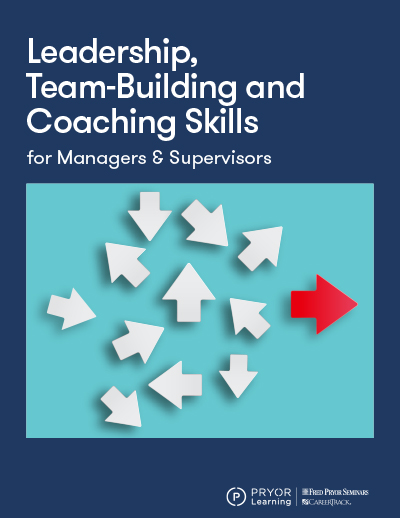Keys to Successful Workforce and Succession Planning
White Paper
Workforce and succession planning continues to evolve from little more than a set of reactive measures based on human resources changes into a well-planned business strategy which addresses and develops an organization’s talent needs. This evolution offers tangible value that focuses on talent and develops leaders and key contributors. A business strategy that embraces lifelong learning and workforce productivity not only helps the organization achieve its goals but encourages a culture full of fruitful employees looking for professional development opportunities.
Workforce planning and succession planning have the same overarching goal—place the right talent across the organization into the correct roles which includes current and future positions.
However, workforce planning is typically budget-driven and focused on staff-level jobs, hiring forecasts and internal resource projections. Succession planning is a systematic approach to professional development with purpose to ensure that selected employees are trained, experienced and ready to assume future leadership positions (Workforce, 2012). Both initiatives, however, can benefit massively from advanced training programs such as those enabled by contemporary eLearning technology.
In this white paper, learn about the most beneficial workforce and succession planning strategies for your organization.


